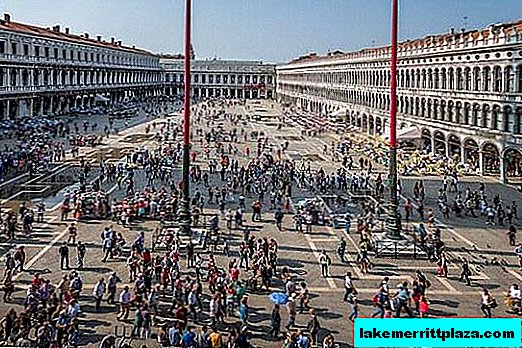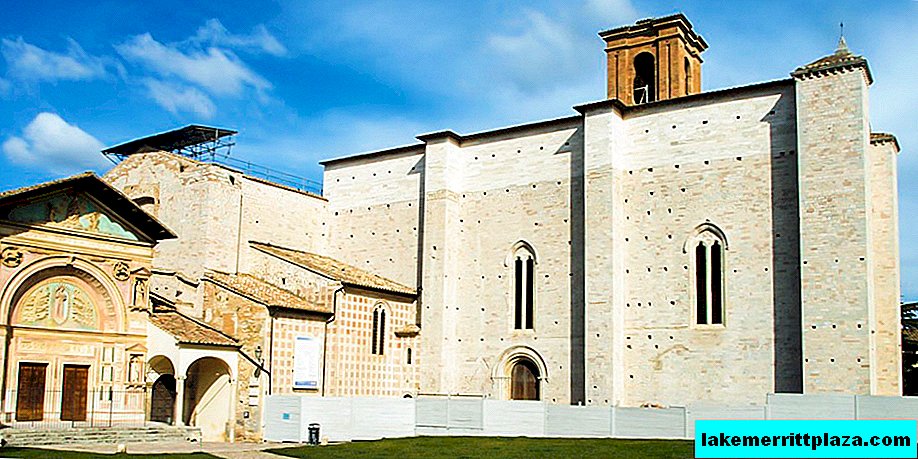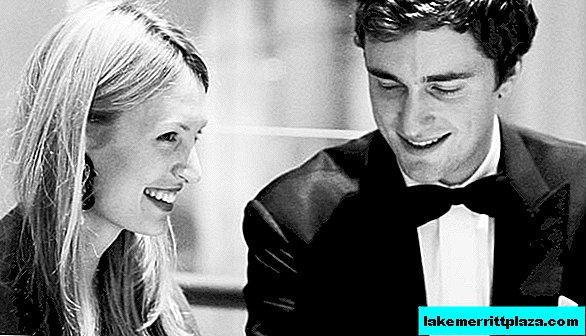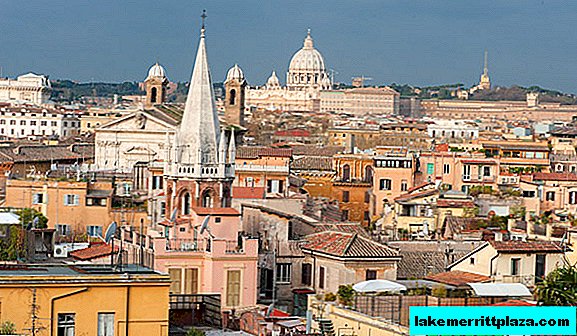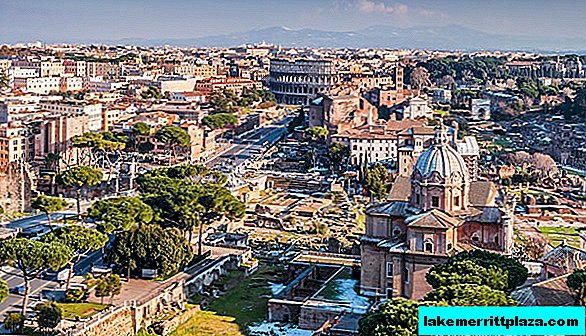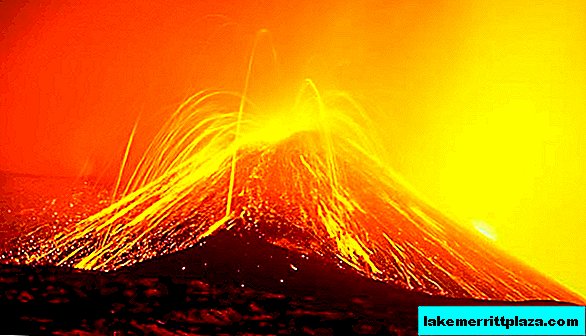Altar of the Fatherland (Altare della Patria) or Vittoriano (Il Vittoriano) - a memorial dedicated to the first king of a united Italy, was erected on the anniversary of the unification of Italy by architect J. Sakonni and is located near the main Roman attraction - the Colosseum. The first opening of the monument of memory made of white limestone took place in 1911 after 26 years of construction. The huge building (135 m. - width, 130 m. - length, 81 m. - height) suppressed the surrounding building and could not harmoniously fit into the early buildings.Because of this, the inhabitants of Rome both disliked the memorial and called it the False Jaw or Inkwell.

A wide staircase leads to the Altar, and a bronze monument to Victor Emanuel II is erected in the center.
Material for the monument was taken from the old cannons of the castle of Sant'Angelo to show the transfer of papal power to the king. In 1927, a monument to the Unknown Soldier was added to the Altar of the Fatherland, as a memory of those who died during the First World War, and the monument was reopened. An honor guard stands near the grave of a soldier and the Eternal Flame burns.

The bas-reliefs on the basis of the Altar of the Fatherland symbolize the main cities of Italy. And the side fountains represent the seas washing the united Italy - the Adriatic and Tyrrhenian. Under the monument in the colonnade building is the Risorgimento Renaissance Museum. There is also a storehouse for trophies and banners. A wide panorama of the whole of Rome opens from the memorial. Moreover, in each direction it has its own uniqueness.
Open to visitors from 9 am daily. Climbing the observation deck costs 14 euros.
- At the Altar of the Fatherland, we often begin our excursions around Rome at dawn.

